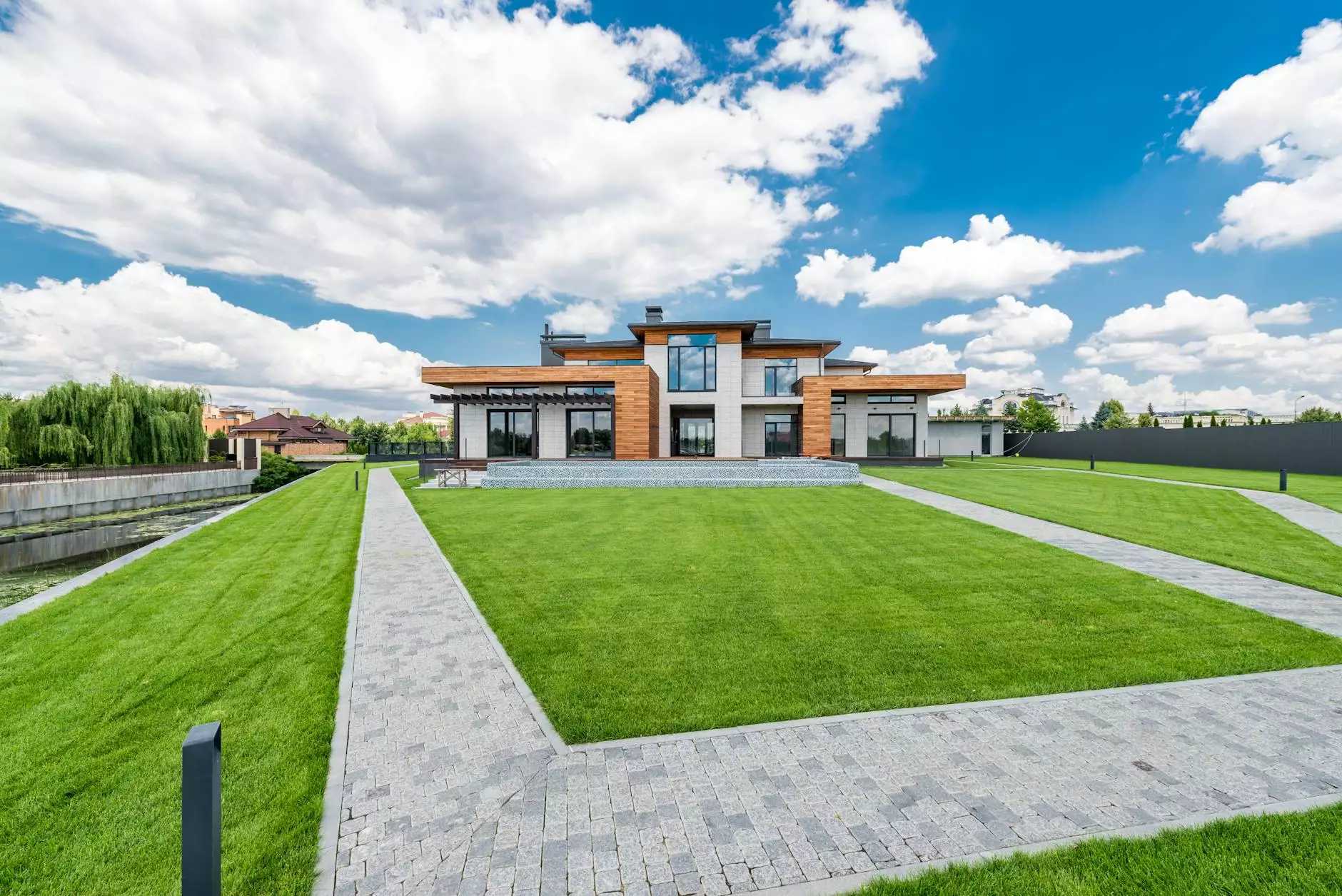Understanding Varicose Sclerotherapy: A Comprehensive Guide

Varicose sclerotherapy is a minimally invasive treatment aimed at reducing the appearance and discomfort associated with varicose veins. As more individuals become aware of vascular health, this technique stands out as a beacon of hope for many who suffer from this common condition. This article delves into the fundamentals of varicose sclerotherapy, its benefits, the procedure, and aftercare, making it an essential read for anyone considering this treatment.
What Are Varicose Veins?
Before exploring varicose sclerotherapy, it’s crucial to understand what varicose veins are. Varicose veins are swollen, twisted veins that typically appear blue or dark purple. They develop as a result of weak or damaged valves within the veins, leading to blood pooling in the veins. This condition not only affects the aesthetic aspect of the legs but can also cause symptoms such as:
- Aching pain
- Heavy or tired legs
- Swelling in the legs
- Itching and irritation around the veins
The Science Behind Varicose Sclerotherapy
Varicose sclerotherapy is a treatment that involves injecting a sclerosing agent directly into the affected vein. This agent irritates the lining of the vein, causing it to collapse and eventually fade from view. As a result, blood is redirected to healthier veins. This is particularly effective for smaller varicose veins and spider veins, making it a suitable choice for many patients.
Benefits of Varicose Sclerotherapy
There are numerous benefits associated with choosing varicose sclerotherapy as a treatment option:
- Non-Surgical: Unlike traditional surgical treatments, sclerotherapy does not require any incisions, making it a less invasive option.
- Minimal Downtime: Most patients can resume their daily activities within hours after the procedure.
- Safe and Effective: With a long track record of success, sclerotherapy is considered safe for a wide range of patients.
- Improved Appearance: The treatment can significantly reduce the visual impact of varicose veins, enhancing self-esteem and body image.
The Procedure: What to Expect
Understanding what to expect during the varicose sclerotherapy procedure can help alleviate any anxiety associated with the treatment. The process usually lasts about 30 minutes, and here's an overview of what typically occurs:
1. Initial Consultation
Before undergoing sclerotherapy, you will meet with a vascular specialist to discuss your symptoms, medical history, and treatment goals. A physical examination of your veins will also be conducted to determine if sclerotherapy is appropriate for you.
2. Preparation
On the day of the procedure, you will be advised to wear loose-fitting clothing. The area where the sclerosing agent will be injected will be cleansed to minimize the risk of infection.
3. Injection of Sclerosing Agent
The specialist will use a fine needle to inject the sclerosing agent directly into the targeted vein. While this may cause slight discomfort, it is generally well-tolerated, with some patients reporting a sensation similar to a mild cramp.
4. Post-Procedure Care
Following the injections, the targeted veins will begin to close off and fade over time. Patients are usually advised to walk immediately after the procedure to promote blood flow and healing. Compression stockings may also be recommended to support the areas treated.
Post-Procedure Recovery and Care
Recovery after varicose sclerotherapy is typically smooth with minimal side effects. Common post-procedure instructions include:
- Wear Compression Stockings: These are essential for ensuring proper circulation and minimizing the risk of complications such as blood clots.
- Engage in Light Activity: Walking is encouraged to enhance circulation, while high-impact activities should be avoided for a few days.
- Avoid Sun Exposure: Protect the treated area from direct sunlight to prevent color changes in the skin.
- Follow-Up Appointments: Scheduled follow-ups with your doctor are crucial to monitor the healing process and the effectiveness of the treatment.
Potential Risks and Complications
As with any medical procedure, varicose sclerotherapy does carry some risks, although serious complications are rare. Potential side effects may include:
- Bruising and Swelling: These are common and usually resolve on their own.
- Allergic Reactions: Some individuals may have an allergy to the sclerosing agent, though this is uncommon.
- Skin Changes: Temporary discoloration or skin irritation might occur at the injection site.
- Blood Clots: While rare, there is a risk of developing blood clots in the treated veins.
Is Varicose Sclerotherapy Right for You?
Determining if varicose sclerotherapy is the right option for you depends on various factors such as:
- Your overall health and medical history
- The severity and location of your varicose veins
- Your treatment goals and expectations
Consulting with a qualified vascular specialist can provide insights tailored to your specific condition and needs.
Conclusion: Embrace Healthier Legs with Varicose Sclerotherapy
In summary, varicose sclerotherapy offers a practical and effective solution for those struggling with the discomfort and aesthetic concerns associated with varicose veins. With its minimally invasive nature, a quick recovery timeline, and a strong track record of success, sclerotherapy is an option worth considering for anyone looking to restore the health and appearance of their legs.
Learn More About Your Options Today
If you're interested in learning more about varicose sclerotherapy, or if you would like to schedule a consultation, please visit trufflesveinspecialists.com to speak with our experienced team of vascular specialists. Taking the first step towards healthier veins could enhance your quality of life and boost your confidence!









